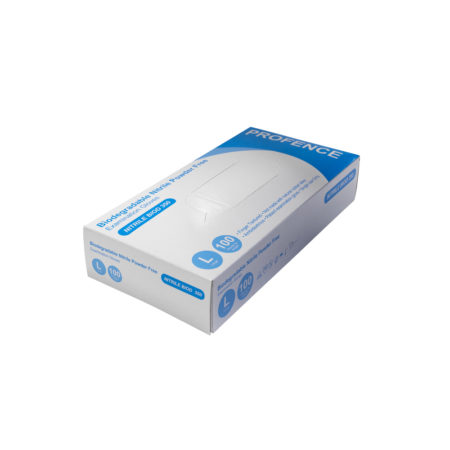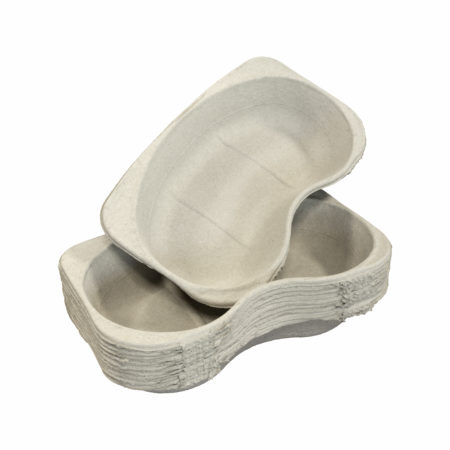Nitrile and latex gloves are widely used in medical and industrial fields to protect people’s hands from chemicals and infectious agents.
However, while both gloves are interchangeable in some cases, nitrile gloves replace latex gloves in most applications because they are significantly stronger, more resistant to chemicals and solvents, and naturally hypoallergenic.
Here’s everything you need to know about them:
Nitrile gloves
Nitrile is a synthetic copolymer rubber formed through acrylonitrile and butadiene combining. The rubber is strong and abrasion-resistant, inert to common chemicals and solvents, and naturally hypoallergenic.
Nitrile gloves are stronger than latex gloves and are more resistant to many acids, solvents, oils and greases encountered in the workplace.
Because they are stronger than latex gloves and hypoallergenic, nitrile gloves are also preferred in the medical field. Less than 1% of the general population has a latex allergy, but the number is high enough to be concerning.
Nitrile is superior to latex, except by one big measurement – price. Nitrile gloves are around 35% more expensive than latex gloves. Whether the extra cost is worth it or not depends on what you intend to use the gloves for.
Characteristic differences versus latex gloves:
- Stronger and more durable
- Naturally Hypoallergenic
- Greater chemical resistance
- Less flexible
- More expensive
Latex gloves
Latex is natural rubber made from the milky white sap of rubber trees native to rainforests in the Amazon region of South America. The origin of latex raised concerns over its environmental footprint, especially around deforestation.
Latex gloves are not as strong as nitrile gloves, but they are more elastic and flexible, giving the wearer greater freedom and range of motion.
Because they are more flexible than nitrile gloves, some surgeons prefer wearing latex gloves even with the higher risk of tearing. However, the surgeon needs to be sure that the patient does not have a latex allergy.
Latex gloves are used when flexibility and range of motion are crucial for the job. Latex gloves are cheaper than nitrile ones, so they can often end up as spares or emergency use products alongside more durable nitrile gloves.
Characteristic differences versus nitrile gloves:
- Cheaper
- More flexible
- Better feel through the glove
- Not hypoallergenic
- More prone to tearing
- Less chemical resistance
Which gloves are better, nitrile or latex?
We recommend nitrile gloves for most medical professionals because the hypoallergenic qualities eliminate the allergy question mark caused by latex.
Nitrile gloves are also more robust and chemically resistant than latex ones, making them suited to a broader range of industrial applications, especially when there is a high risk of tearing, abrasion, and dangerous chemicals.
Latex gloves are more flexible than nitrile gloves, so they are preferred for delicate surgical work when no latex allergy exists.
Because of latex’s greater range of motion and feel through the glove and nitrile’s greater durability and hypoallergenic qualities, you might like to have a box of both so you can enjoy the right glove for the job every time.





















